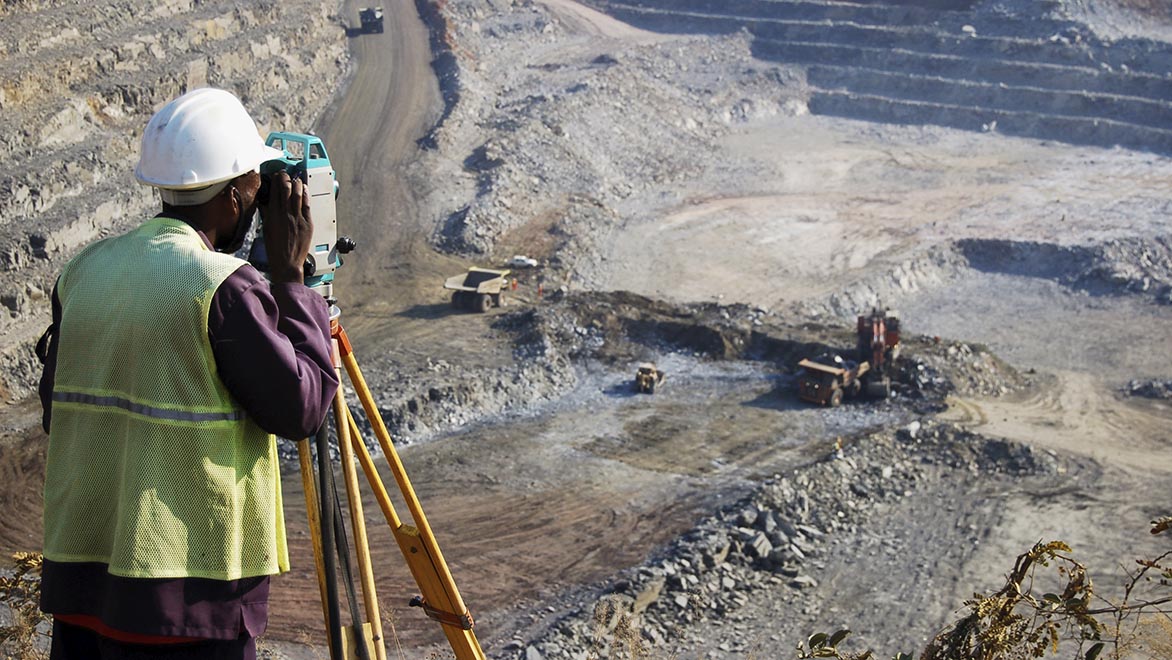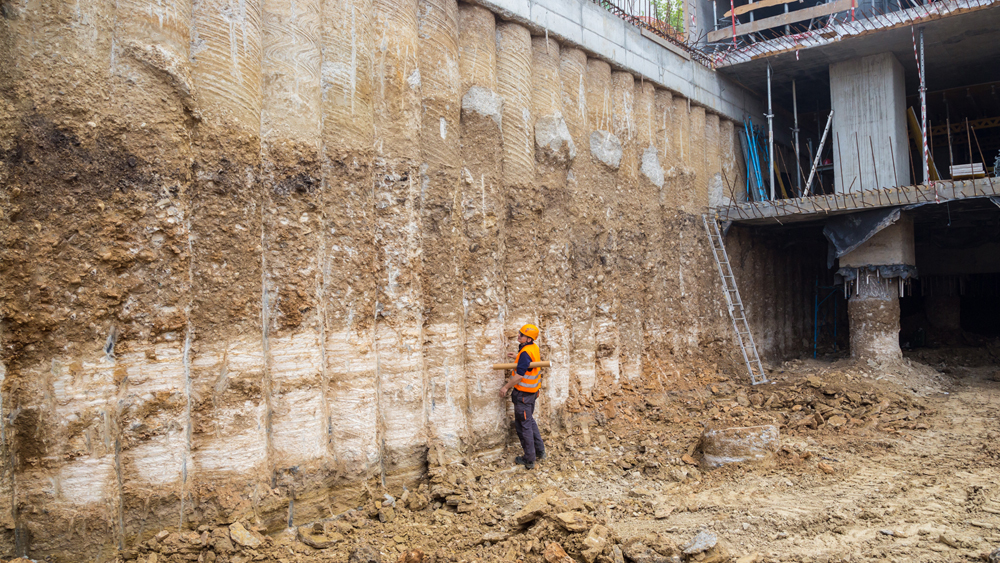Leading Consulting Civil Engineering Companies for Framework Projects
Leading Consulting Civil Engineering Companies for Framework Projects
Blog Article
Just How Consulting Engineers Enhance Geotechnical Engineering Projects: Insights Into Their Know-how, Methods, and Collaborative Approaches
Consulting engineers are critical in enhancing geotechnical design jobs, using their specialized understanding to browse the intricacies of subsurface conditions. Their methodologies include a variety of site investigation techniques, including Requirement Infiltration Tests (SPT) and Cone Penetration Examinations (CPT), which notify vital decisions throughout the style and construction stages. Moreover, their collaborative approaches foster interaction amongst diverse task stakeholders, eventually shaping the job's trajectory. As we take a look at the diverse duties these experts play, it comes to be clear that their contributions expand beyond technical knowledge, motivating a better consider the ramifications for project success.
Function of Consulting Engineers
The expertise of seeking advice from designers in geotechnical engineering is fundamental to the successful implementation of construction projects. These experts play a crucial role in evaluating soil and rock homes, which are crucial aspects influencing style and building and construction choices. By carrying out comprehensive site examinations, consulting engineers accumulate vital information that notifies the layout process, guaranteeing jobs are improved secure and suitable ground.
Consulting designers likewise provide very useful insights right into risk management (geotechnical geologist). They identify possible geotechnical threats, such as landslides, dirt liquefaction, and settlement concerns, making it possible for stakeholders to implement reliable reduction methods. Their know-how aids in optimizing structure styles, which can lead to considerable cost financial savings and boosted security
Furthermore, consulting engineers function as an important web link between job proprietors, architects, and contractors. Their capacity to equate complex geotechnical information into actionable referrals fosters cooperation and assists in notified decision-making throughout the project lifecycle. This multidisciplinary approach not only boosts job efficiency however additionally guarantees conformity with regulatory standards and best techniques.
Key Approaches in Geotechnical Engineering

One primary approach is site examination, which entails performing field tests and lab analyses to collect data on subsurface problems. Methods such as Criterion Infiltration Testing (SPT) and Cone Infiltration Screening (CPT) are commonly used to examine soil stratigraphy and stamina. In addition, geophysical techniques, including seismic and electric resistivity studies, supply non-invasive ways to evaluate subsurface characteristics.
An additional crucial methodology is numerical modeling, which makes it possible for designers to imitate various circumstances and anticipate how soil-structure communications will certainly act under various loading conditions. Finite Component Analysis (FEA) is an usual approach utilized in this context.
Moreover, the style of structures, preserving structures, and earthworks relies greatly on these techniques - geotechnical geologist. By integrating innovative analytical devices with field information, seeking advice from engineers can create customized solutions that resolve specific project difficulties, eventually adding to the security and safety and security of building look at these guys and construction jobs
Value of Soil Analysis
Dirt analysis serves as a fundamental element in geotechnical engineering, giving necessary understandings right into the physical and chemical residential or commercial properties of dirt required for efficient construction planning. Understanding soil characteristics is critical for determining its load-bearing ability, drainage actions, and possibility for settlement or instability. In-depth dirt investigations, consisting of tasting and laboratory testing, help determine criteria such as soil type, wetness content, thickness, and shear toughness.
These evaluations notify the selection of suitable construction methods and products, eventually influencing project safety and security and longevity. For circumstances, cohesive dirts might need different foundation styles contrasted to granular soils, demanding tailored engineering solutions. Dirt evaluation aids in determining contaminants that could posture risks to human health and wellness or the environment, allowing for the advancement of reduction approaches.
Including soil analysis into the very early phases of project advancement aids to decrease unanticipated obstacles, ensuring that engineers can anticipate and attend to possible concerns before they escalate. By developing an extensive understanding of the website conditions, getting in touch with designers can optimize layout performance and reduce costs, therefore improving the general success of geotechnical engineering tasks.
Collaborative Strategies in Tasks
Effective geotechnical jobs often depend upon joint strategies that unite diverse proficiency from various self-controls. Effective partnership amongst getting in touch with engineers, rock hounds, environmental scientists, and building professionals is vital for dealing with intricate obstacles and optimizing job outcomes. By leveraging the unique abilities and understanding of each staff member, projects imp source can gain from an alternative understanding of the website problems, regulative needs, and engineering restrictions.
Routine communication and interdisciplinary conferences facilitate the sharing of insights and foster a culture of synergy. These collective efforts allow the recognition of potential dangers early in the job lifecycle, enabling prompt reduction techniques. Including feedback from stakeholders, including regional areas and regulatory firms, makes certain that all viewpoints are considered, improving job approval and conformity.
Additionally, the combination of advanced technologies, such as Geographic Info Solution (GIS) and Structure Info Modeling (BIM), more boosts partnership. These devices enable the real-time sharing of data and visualization of geotechnical conditions, promoting notified decision-making. Eventually, a collective strategy not just streamlines job implementation however likewise lays the foundation for innovative services to complicated geotechnical engineering challenges.
Impact on Project Outcomes

Consulting designers use innovative methods such as danger analysis and predictive modeling, which improve the accuracy of job projections. Their capability to incorporate ingenious modern technologies, like geotechnical instrumentation and data analytics, better refines the layout and construction procedures. Because of this, jobs experience enhanced efficiency, decreased prices, and reduced hold-ups.
Moreover, fostering efficient communication and collaboration among staff member improves analytic capabilities. When difficulties occur, a joined front permits quick recognition of solutions, avoiding possible troubles. Ultimately, the collaborative initiatives of seeking advice from engineers add to better outcomes, guaranteeing that jobs satisfy both governing criteria and client expectations.
Conclusion

Report this page